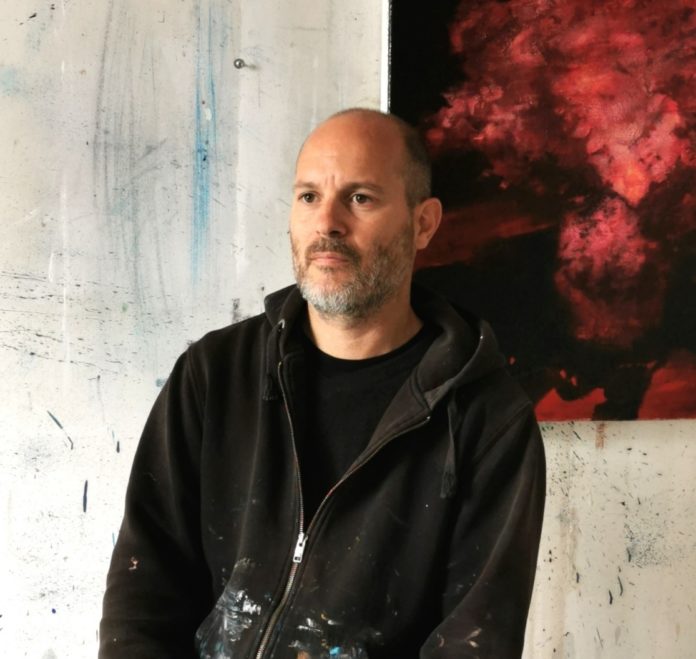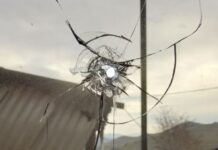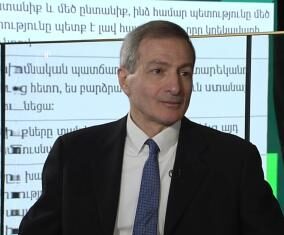YEREVAN / BORDEAUX, France — The Marseille-born painter Guillaume Toumanian, 48, studied plastic arts and sciences of art at Michel de Montaigne University, Bordeaux 3, in parallel attending workshops at the School of Fine Arts of Bordeaux. In 1997, he obtained a master’s degree in plastic arts, then started a teaching career in Toulouse. Here he meets the gallery owner Fabrice Galvani, who organized his first personal exhibition in 1999. For the past twenty years, Guillaume has dedicated himself entirely to painting. He has had personal exhibitions in major cities of France (Paris, Lyon, Montpellier, Bordeaux, Angouleme, Toulouse, Marseille), as well as in China, the US and Armenia.

“Guillaume Toumanian paints with conviction, as if, in this ancestral gesture and almost without age, the immemorial appearance of the visible was replayed: its violence or its break-in, its miracle renewed” (Dominique Rabaté, 2019).
Guillaume, is it possible in today’s France to make a living by painting only?
Yes, the French art market is active, and Paris is once again one of the most important cities in the world for painting in particular. There are also private and public financing systems for buying works of art. However, it is difficult to live by painting, because there are many artists in France who come from all over the world to Paris. For my part, I live by painting since I stopped teaching arts five years ago after my art residence in China.
Are people interested in obtaining classical paintings?
There are also many collectors and figurative painting is very well represented in France. But it all depends on what you mean by classical painting. If we consider that the word “classic” means realistic or hyper realistic, then this is trendy in Paris at the moment










